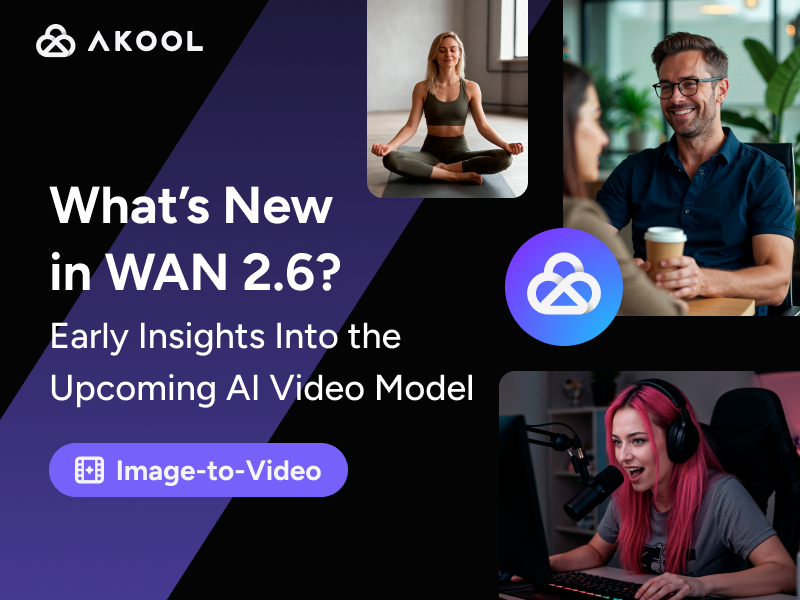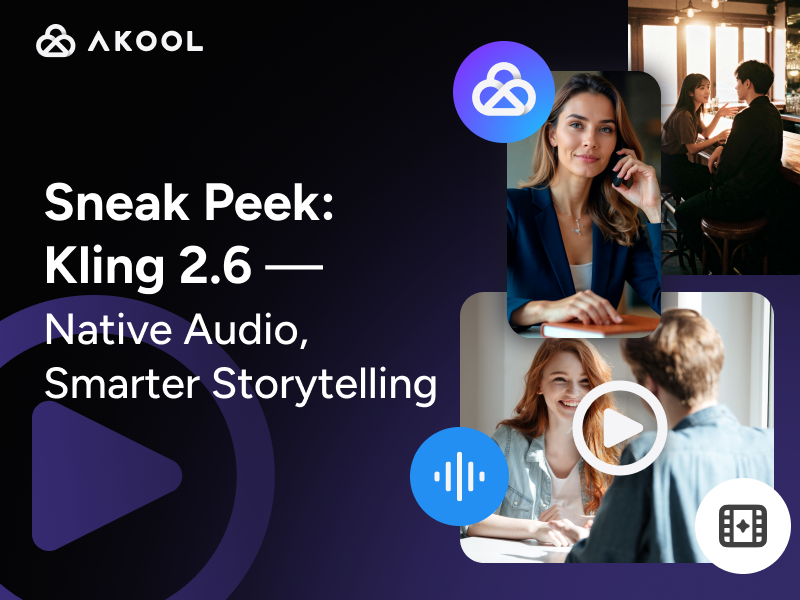Introduction to AI for Risk Detection in HR
AI for risk detection in HR leverages machine learning algorithms to identify potential issues in workforce management. By analyzing patterns in employee data, AI can predict risks such as turnover, compliance breaches, or performance dips. Useful metrics include employee engagement scores and absence rates. Capabilities extend to real-time monitoring and automated alerts, ensuring timely interventions and informed decision-making in human resources management. For a deeper understanding, explore the AI in Human Resources tools that are revolutionizing how companies manage their workforce.
How to Use AI for Risk Detection in HR
Implementing AI for risk detection in HR involves several key steps and considerations. Here's a guide to help you get started:
Understanding AI Capabilities
- Predictive Analytics: AI can forecast potential issues like employee turnover by analyzing historical data and identifying trends. See how Predictive HR Analytics can be applied for enhanced insights.
- Anomaly Detection: Machine learning algorithms can spot irregularities in employee behavior or HR processes, signaling potential risks.
- Bias and Compliance Checking: AI helps in identifying biases in recruitment and ensures adherence to compliance regulations through automated monitoring.
Key Formulas and Metrics
- Turnover Prediction Formula: Calculate using historical turnover rates, employee engagement scores, and other relevant factors to estimate future turnover risk.
- Risk Score Calculation: Assign scores based on the likelihood and impact of identified risks, helping prioritize HR interventions.
| Metric | Description |
|---|---|
| Turnover Prediction | Estimate future turnover risk using historical data and engagement scores |
| Risk Score Calculation | Assign scores to prioritize HR interventions based on risk likelihood and impact |
Steps to Implement AI in HR
Data Collection: Gather comprehensive employee data, including performance metrics, engagement scores, and historical turnover rates.
Choose the Right AI Tools: Select AI platforms that offer customizable risk detection features, such as machine learning capabilities and real-time monitoring. Consider using AI for HR to streamline your processes.
Develop Predictive Models: Use supervised learning for known risks (e.g., turnover) and unsupervised learning for discovering new patterns or anomalies.
Integrate AI with Existing Systems: Ensure your AI tools seamlessly integrate with current HR systems for smooth data flow and analysis. Using HR AI Tools can enhance integration efficiency.
Monitor and Refine: Continuously monitor AI outputs and refine models to improve accuracy and adapt to new data trends.
Ensuring Successful Implementation
- Scalability: Choose AI solutions that can grow with your organization, efficiently handling increasing data volumes.
- Data Privacy Compliance: Ensure AI systems comply with data protection regulations, safeguarding sensitive employee information.
By following these steps, creative agencies and creators can effectively leverage AI to enhance risk detection in HR, leading to more proactive and informed decision-making.
Applications of AI for Risk Detection in HR
AI for risk detection in HR is transforming how organizations manage potential issues. Here are some key applications:
Employee Turnover Prediction: AI models analyze patterns in employee behavior and engagement to forecast potential resignations, allowing proactive retention strategies. Utilize AI Recruiting Tools for more effective talent acquisition.
Bias Detection: AI tools scan recruitment and performance data to identify and mitigate unconscious biases, promoting a fair workplace. Learn more about AI Resume Screening for bias-free recruitment processes.
Compliance Monitoring: Automated systems ensure adherence to regulations by flagging non-compliant actions in real-time.
Fraud Detection: AI algorithms detect anomalies in HR processes, reducing the risk of fraudulent activities.
Workplace Safety: Predictive analytics assess risk factors for workplace accidents, enhancing safety protocols.
These applications empower HR teams to make informed decisions, improving organizational efficiency and culture.
| Application | AI Tool |
|---|---|
| Turnover Prediction | AI Recruiting Tools |
| Bias Detection | AI Resume Screening |
| Compliance Monitoring | Automated systems for real-time regulation adherence |
Technical Insights into AI for Risk Detection in HR
Machine Learning Algorithms
AI in HR risk detection primarily employs machine learning algorithms. These include:
- Supervised Learning: Utilizes labeled datasets to predict outcomes, such as employee turnover.
- Unsupervised Learning: Identifies hidden patterns in data, useful for anomaly detection.
Data Analysis Techniques
AI systems analyze various employee metrics:
- Engagement Scores: Gauge employee satisfaction and predict turnover. Explore more about AI for Employee Engagement for improving satisfaction.
- Absence Rates: Anomalies can indicate potential compliance issues or disengagement.
Predictive Modeling
Predictive models forecast risks by:
- Trend Analysis: Examining historical data to project future outcomes.
- Risk Scores: Assigning probabilities to potential risks for prioritization.
Real-Time Monitoring
AI enables continuous tracking:
- Automated Alerts: Notifications of detected risks for immediate action.
- Dashboards: Visualize data trends and risk factors dynamically.
Computational Considerations
Processing large datasets requires:
- Scalability: Systems must handle increasing data volumes efficiently.
- Data Privacy: Ensuring compliance with data protection regulations.
By understanding these technical components, HR professionals can better leverage AI tools for effective risk management.
Statistics on AI for Risk Detection in HR
Understanding the impact and potential of AI in risk detection for HR can be greatly enhanced by examining relevant statistics. Here are some key data points:
- Adoption Rate: As of 2023, approximately 47% of large enterprises have integrated AI solutions into their HR risk management processes.
Explanation: This statistic underscores the growing reliance on AI technologies for identifying and mitigating risks within human resources. For creators and developers, this trend indicates a burgeoning market for AI-driven HR solutions, highlighting opportunities for innovation and development.
Accuracy Improvement: AI-powered risk detection systems can improve the accuracy of identifying workplace risks by up to 25% compared to traditional methods.
Explanation: This improvement is crucial for companies aiming to enhance their risk management strategies. For creative agencies, understanding the precision of AI tools can help in crafting more effective communication strategies around safety and compliance.
Cost Reduction: Implementing AI for risk detection can lead to a reduction in compliance and operational costs by 30%.
Explanation: This cost-saving potential is significant for organizations looking to optimize their budgets. Developers can leverage this statistic to pitch AI solutions as not only technologically advanced but also economically beneficial, making a compelling case for investment.
Employee Satisfaction: Companies using AI for HR risk detection report a 15% increase in employee satisfaction regarding workplace safety and fairness.
- Explanation: Increased employee satisfaction can lead to higher retention rates and improved workplace morale. This statistic can be useful for creative agencies when designing campaigns or materials that emphasize the positive impact of AI on company culture.
These statistics provide a snapshot of the current landscape and potential benefits of AI in HR risk detection, serving as a valuable resource for those involved in creating and developing AI solutions.
FAQ Section: Understanding AI for Risk Detection in HR
What is AI for risk detection in HR and how does it work?
AI for risk detection in HR utilizes machine learning algorithms to analyze employee data and identify potential risks such as compliance issues, employee turnover, and workplace conflicts. It works by processing large datasets to uncover patterns and anomalies that may indicate underlying risks.
How can AI help in identifying employee turnover risk?
AI systems can analyze historical data such as employee performance, engagement levels, and exit interviews to predict turnover risk. By identifying patterns associated with past employee departures, AI can help HR professionals proactively address factors contributing to turnover.
What types of data does AI for risk detection in HR analyze?
AI tools typically analyze a variety of data sources including employee performance metrics, attendance records, feedback surveys, and communication patterns. This comprehensive analysis helps in identifying potential risks and improving workplace safety and compliance.
How does AI improve compliance in HR practices?
AI enhances compliance by continuously monitoring HR processes and ensuring they align with legal and organizational standards. It can flag potential compliance violations, helping HR teams to address them promptly and reduce legal risks.
Can AI detect workplace conflicts and how?
Yes, AI can detect workplace conflicts by analyzing communication data, such as emails and chat messages, for signs of tension or disputes. Natural language processing (NLP) is often used to identify negative sentiment or aggressive language, allowing HR to intervene early.
Is AI for risk detection in HR customizable for different industries?
Absolutely, AI tools for HR risk detection can be tailored to meet the specific needs of different industries. Customization involves adjusting algorithms to focus on industry-specific risks and compliance requirements, ensuring more accurate and relevant insights.
How secure is the data processed by AI for risk detection in HR?
Data security is a top priority for AI solutions in HR. These tools typically employ advanced encryption methods and adhere to strict data privacy regulations to protect sensitive employee information from unauthorized access.
What are the benefits of using AI for risk detection in HR?
The benefits include early identification of potential risks, improved decision-making, enhanced compliance, reduced employee turnover, and a more harmonious workplace environment. By leveraging AI, HR teams can focus on strategic initiatives rather than manual risk assessments.




